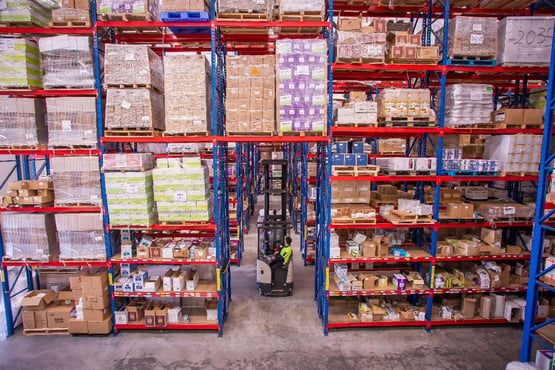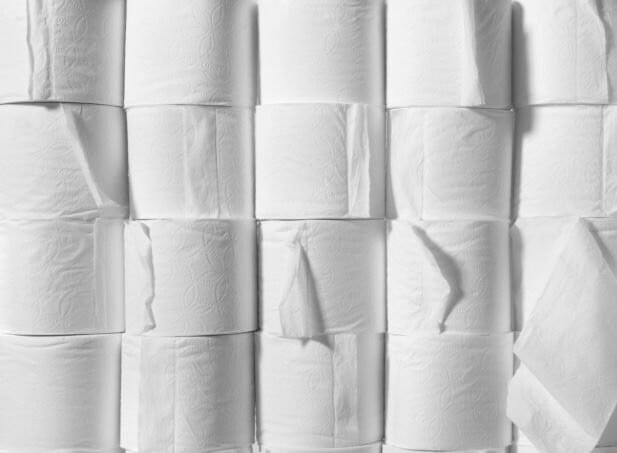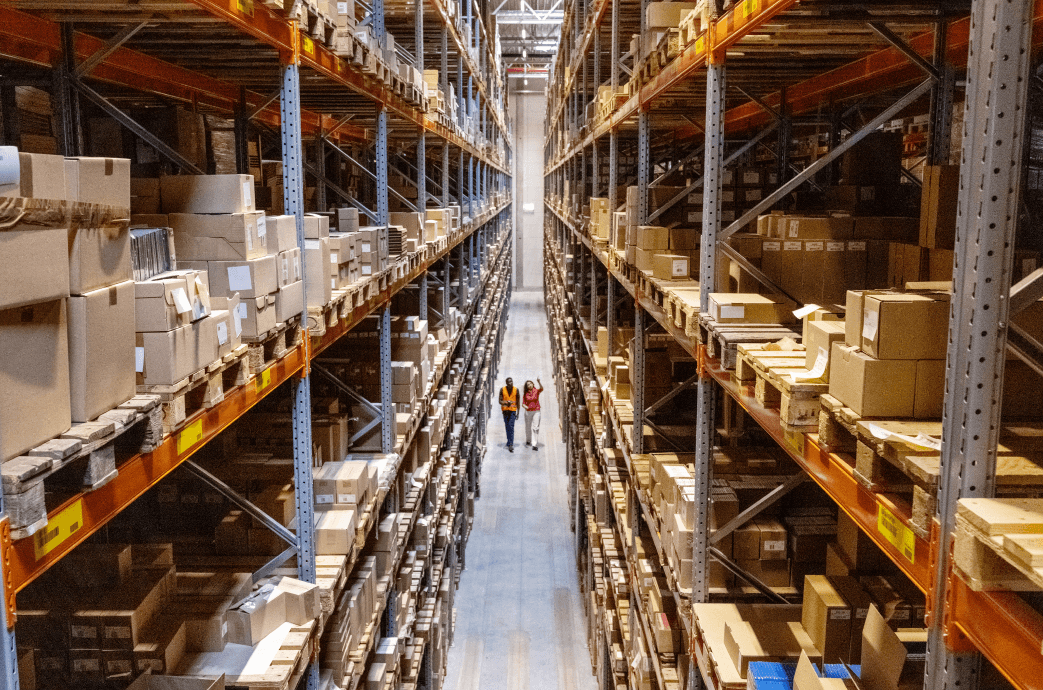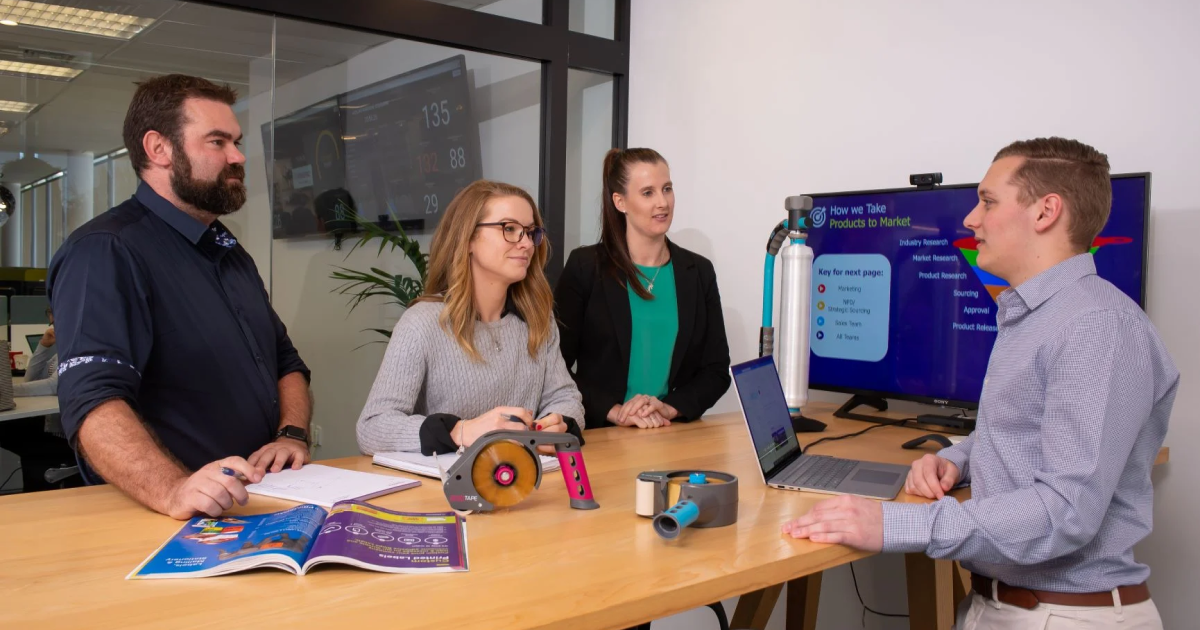
Global sustainability trends are leading to many countries reassessing the sustainability and recyclability of their packaging waste. Tough new restrictions and regulations have been introduced by key New Zealand export markets to increase the use of recyclable and reusable packaging, with the hope that distributors will move away from hard-to-recycle packaging materials.
In response to sustainable packaging legislation and targets being introduced in our key export markets, New Zealand Trade and Enterprise – Te Taurapa Tūhono (NZTE), have released new resources and guidelines for New Zealand exporters. These resources aim to guide businesses around the changes that are happening in key markets so that they can stay ahead of the curve, and keep up with new sustainable packaging requirements.
Here we delve into the sustainability changes and legislation that are being implemented overseas, and what New Zealand businesses can do to ensure that they can still trade effectively in these markets while keeping up with new sustainability rules.
Overseas sustainable packaging targets
Sustainability is a hot topic globally with many countries doing everything they can to reduce waste and the amount of waste that ends up in landfills. A recent analysis conducted by NZTE highlighted that legislation and targets for sustainable packaging are being toughened in key export markets for New Zealand goods. These export markets include Australia, the United States, the European Union, China, South Korea and Japan.
These key export markets are implementing new rules to encourage sustainability. Rules and legislation include bans on single-use or non-recyclable plastic items, taxes on plastic packaging, requirements for compostable or reusable packaging, and obligations for distributors to take responsibility for packaging after products have been sold.
In Australia alone, they have several sustainability targets in place that fall under the '2025 National Packaging Targets', which were introduced in 2018. These targets include:
- A shift to 100 percent reusable, recyclable or compostable packaging.
- 70 percent of plastic packaging is recycled or composted at the end of its life.
- Problematic and unnecessary single-use plastic packaging is phased out.
Sanchia Yonge, General Manager for Customer Solutions at NZTE, advised that:
"It's a good time for export businesses to reassess their packaging and get ahead of new requirements in some key trade destinations for New Zealand. At the same time this is an opportunity to look at a major cost area and find new approaches that can save on materials and energy, which ultimately feeds through to a business's bottom line.”
Yonge adds that “exporters need to consider their product and how it gets to market, then find the right approach to protect their goods in the most sustainable way right up to the end consumer”.
The resources and guides that have been curated by NZTE not only highlight the sustainable packaging targets being implemented by overseas markets, but they aim to navigate businesses through the changes involved with moving to sustainable packaging.
As Yonge has stated, now’s a great time for export businesses to reassess new packaging requirements in key trade destinations. While moving to sustainable packaging may give exporters a chance to review or cut down on packaging spend, consideration still needs to be taken around the most sustainable packaging option that will protect goods while in transit.
Key considerations for sustainable packaging

While sustainable packaging is becoming key for New Zealand exporters, it’s important to note that the buck doesn’t stop there. The National Plastics Actions Plan and other government measures are expected to shape packaging decisions for businesses within New Zealand, so all businesses who rely on packaging must start formulating a sustainability plan now.
If you’re new to sustainable packaging, it’s important to keep the following principles and sustainability ideals in mind.
First, how sustainable is your current packaging?
The first question you should ask yourself is – how sustainable is your current packaging? Advances in technology mean that many materials can now be recycled, even some plastics! You may be surprised to learn just how recyclable your packaging is.
To understand just how recyclable your packaging is, the first step would be to talk to your supplier to understand what your packaging is made of and whether it can be reused, recycled or composted. Generally speaking, if something isn’t able to be reused, repurposed, recycled or composted, then it won’t be considered sustainable.
Life cycle assessments
A life cycle assessment (LCA) will evaluate the environmental impacts of your packaging's entire life cycle. This is important as it will compare the sustainability of different packaging materials alongside how many times they can be reused, or recycled.
LCAs are beneficial in determining the sustainability of each piece of packaging you use. This will give you an overall picture of changes that may need to be made to ensure that all materials are sustainable, and nothing ends up in landfill – in other words ‘closing the loop’.
Ensure that your packaging is still practical
When moving to sustainable packaging, you must ensure that it’s still practical and suited to the products that you need to export. Physical damage, light and moisture can all affect the durability of packaging and this could be more so for some sustainable packaging products.
For example, if you need to ship items that will be kept in a chiller on the way to their destination, could the packaging they’re kept in degrade over time? Some cardboard boxes for example could become damp in high moisture conditions which could result in the boxes tearing. This then leaves the products inside exposed to the elements and increases the risk of potential theft or tampering.
When talking to your packaging supplier explain what the packaging will be used for so that they can deliver a sustainable solution that will be just right for your needs.
What are the sustainable packaging items available?
Are you ready to start the switch to more sustainable packaging items for your products? You’re in the right place!
Here at Primepac, we’re working hard to play our part in creating a circular, more sustainable economy. Our innovative product sourcing specialists are always on the hunt for new sustainable packaging solutions that will serve your needs. So whether your business exports to key trade countries or you simply operate in New Zealand, our team will work with your team to ensure that you get the right sustainable and recyclable packaging supplies.
We pride ourselves on the range of sustainable packaging and posting options we have available for businesses. From recyclable pallet wrap to cardboard cartons and paper packaging tape, our range of sustainable supplies will help to ensure you can close the loop on your sustainability efforts.
You can view our extensive range of sustainable packaging supplies below. Can’t find what you need? Contact our team here who can help to source your specific packaging requirement.






.png)

